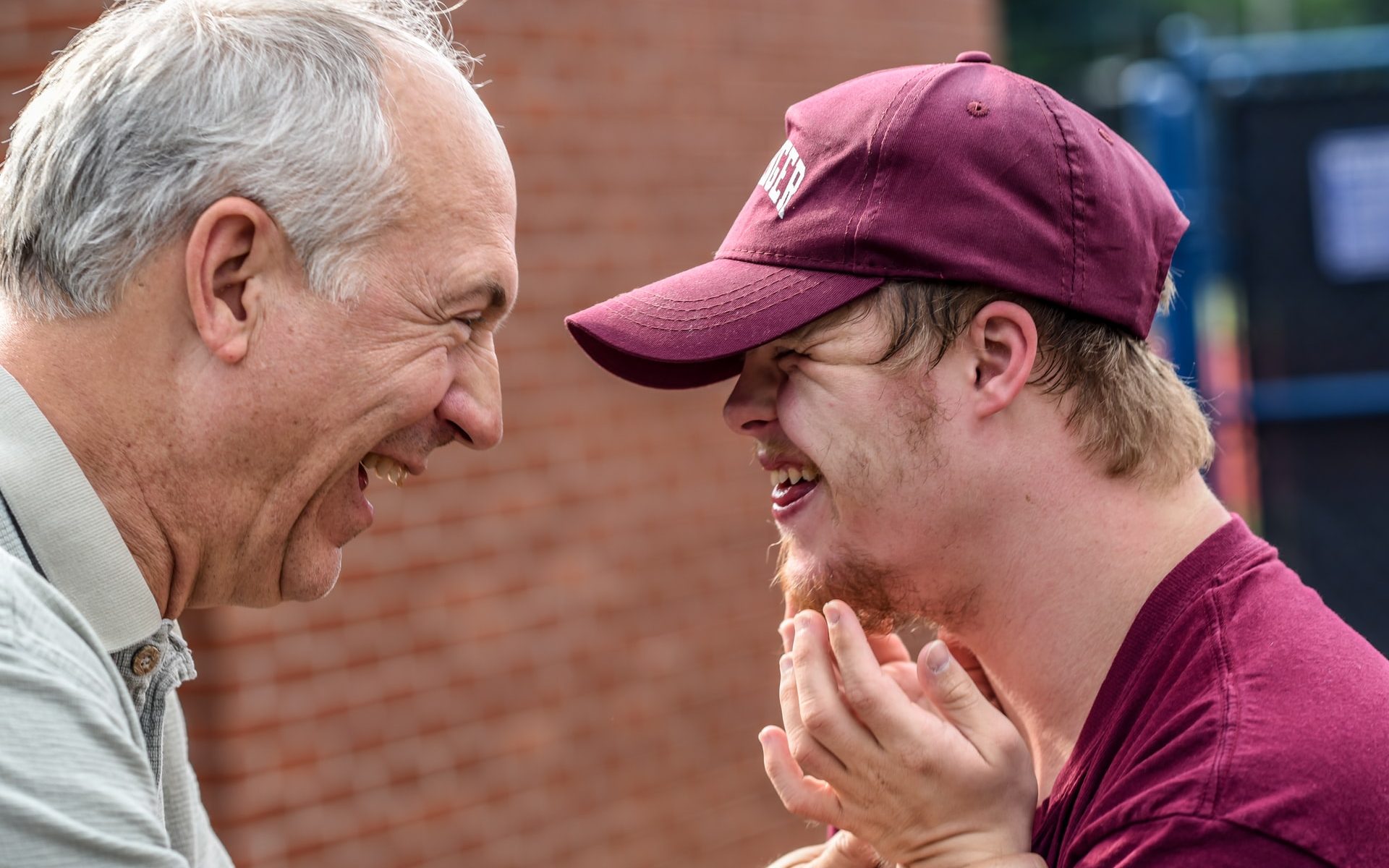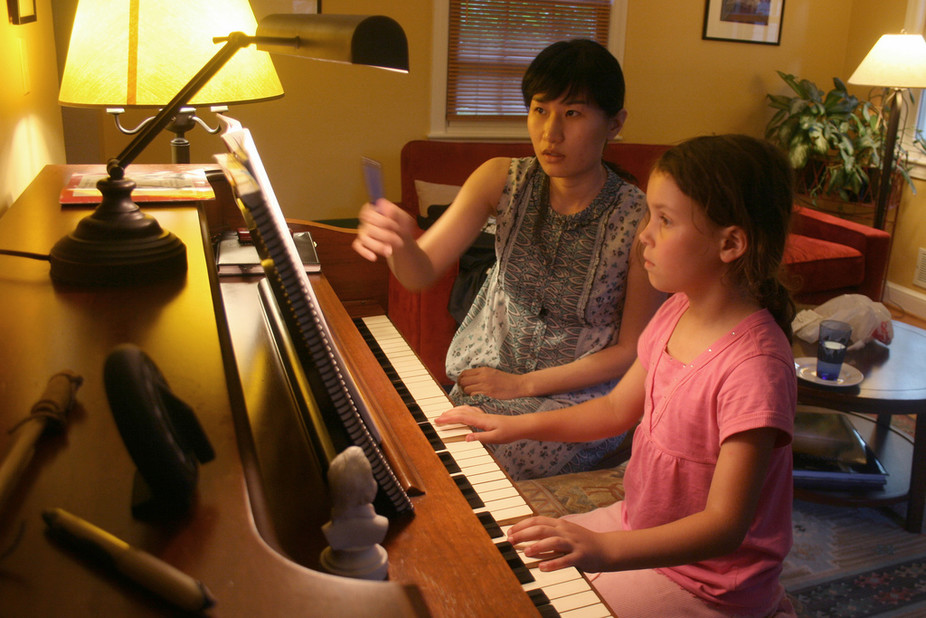
From the moment we begin our education, we are constantly learning new facts, skills, and information. But despite our best efforts to retain what we learn, it often seems like most of this knowledge evaporates over time. This phenomenon is frustrating and can impede our personal and professional growth. The reality is that we forget almost everything we learn, but by understanding why this happens, we can also learn how to fix it.
The primary reason for our forgetfulness is the way our brains are wired. Memory experts refer to a concept called the “forgetting curve,” a hypothesis that suggests that information is lost over time when there is no attempt to retain it. According to German psychologist Hermann Ebbinghaus, who first described this effect in the late 19th century, without any reinforcement or connections to prior knowledge, information tends to slip away quickly.
There are several factors at play when it comes to forgetting. First is the manner of learning; rote memorization without comprehension leads to shallow encoding in the brain, which makes the memories easy to lose. Second, lack of repetition or practice means we don’t reinforce what we’ve learned. Third, as we age, changes in brain function can impact memory retention.
The good news is that there are strategies we can implement to improve memory retention:
1. Active Learning: Engage with the material you’re trying to learn by asking questions, discussing with others, and applying the information in practical ways.
2. Spaced Repetition: Instead of cramming information at once, spread out your study sessions over a period of time. This technique aligns with the forgetting curve and allows for better long-term retention.
3. Make Connections: Relate new information to things you already know. Building these connections helps create more robust neural pathways in the brain.
4. Teach Others: By teaching what you’ve learned to someone else, you’re forced to organize your knowledge efficiently and reinforce what you’ve learned in your own mind.
5. Use Mnemonic Devices: Incorporates patterns such as rhymes, acronyms, or visual imagery that help recall information easier.
6. Stay Healthy: A healthy lifestyle including exercise and proper nutrition can enhance cognitive function and thus memory retention.
In conclusion, while it’s natural for us to forget much of what we learn due to the way our brains function, applying targeted strategies like active learning and spaced repetition can dramatically improve how much knowledge we retain over time. By understanding and working with our brain’s natural learning processes rather than against them, we can reduce forgetfulness and make our learning stick.







